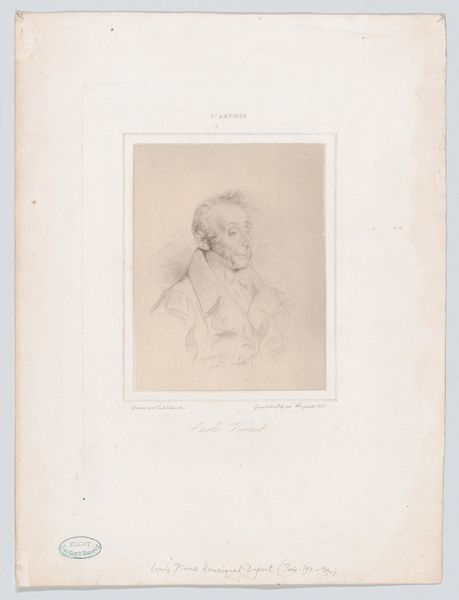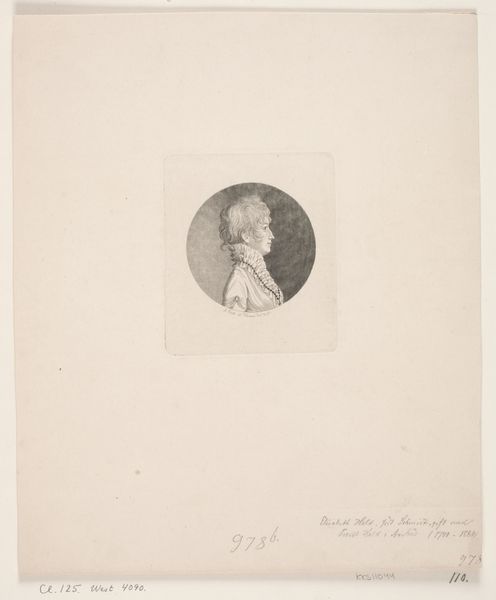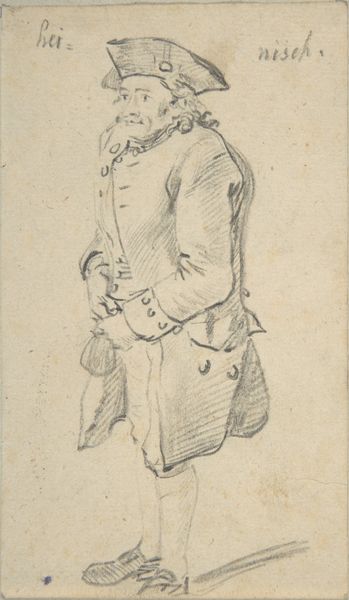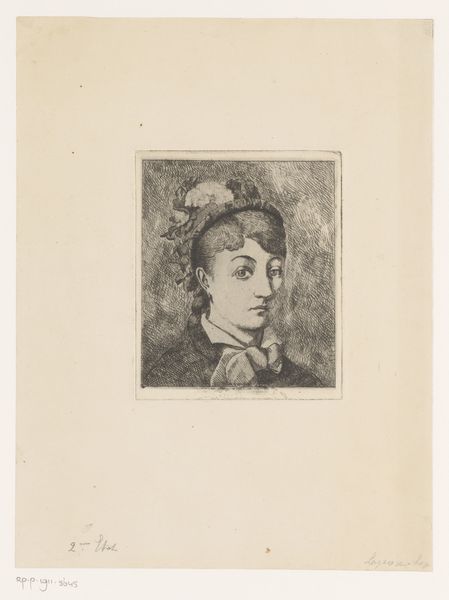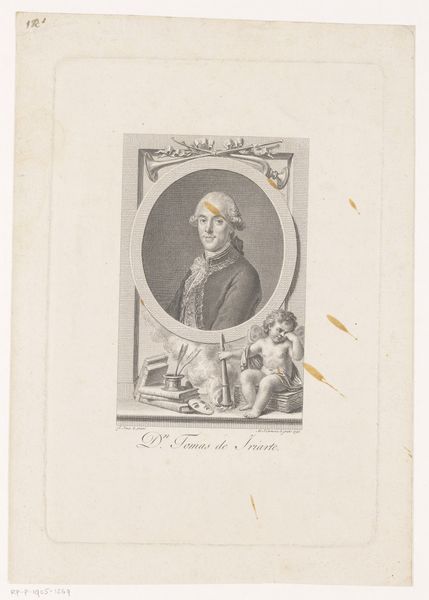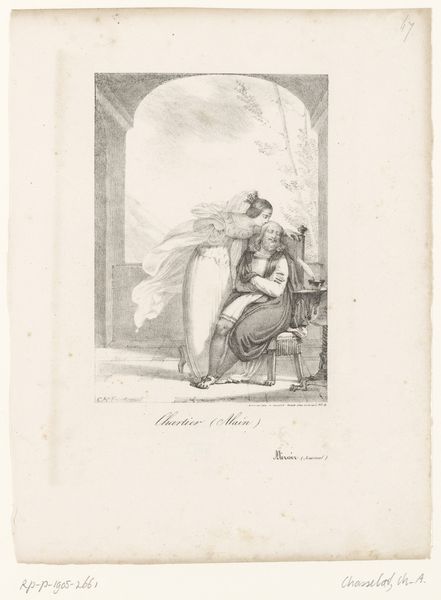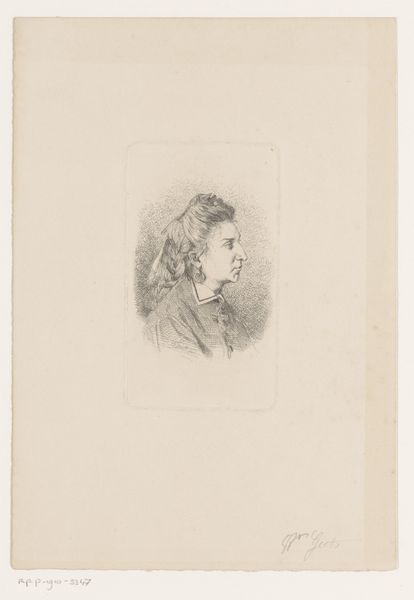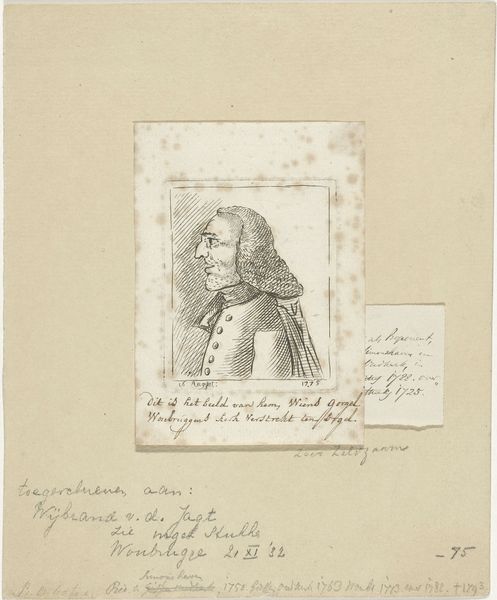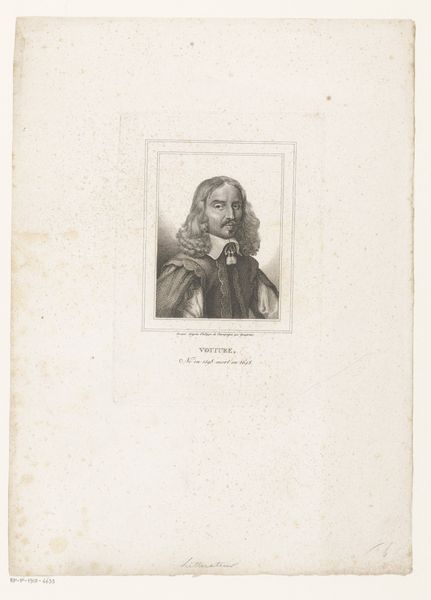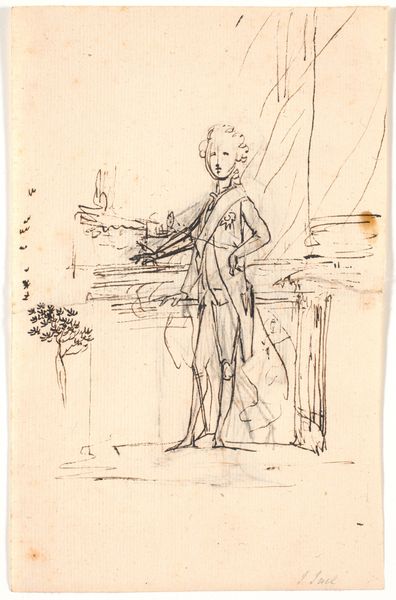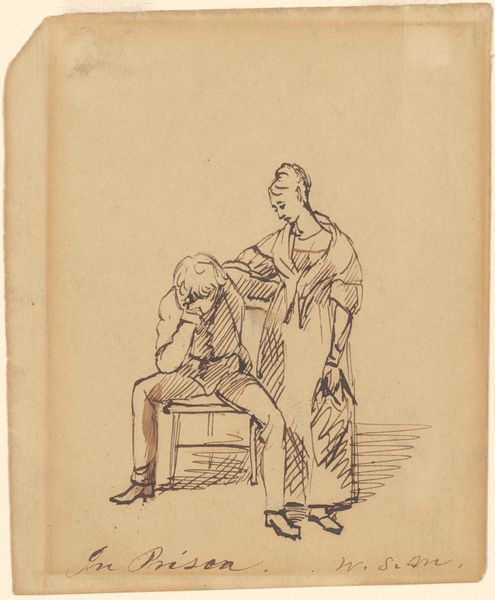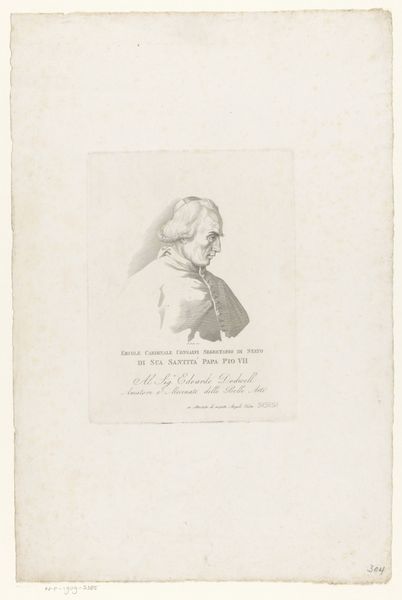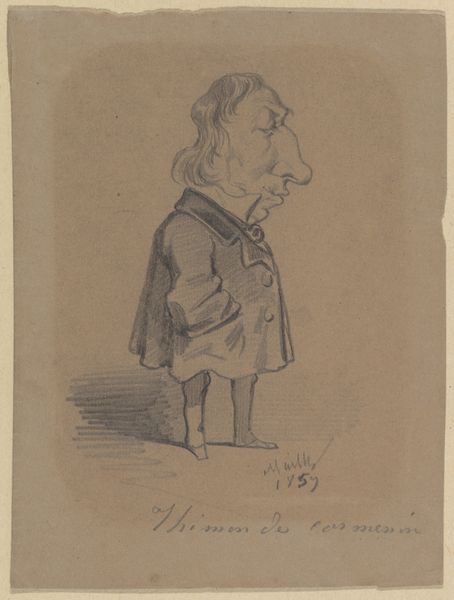
drawing, photography, pencil
#
portrait
#
drawing
#
caricature
#
photography
#
pencil
#
realism
Copyright: Public Domain
Editor: Here we have "Etienne Carjat," a drawing from the 1870s held at the Met. It's fascinating how the artist used pencil to create a caricature. The exaggerated features, especially the nose, really jump out. How should we interpret the historical context that informed such artistic expression? Curator: This piece is a fantastic example of how artistic caricatures functioned within 19th-century social dynamics. Caricature, like photography which Carjat also practiced, gained popularity in newspapers and satirical magazines. They played a critical role in shaping public opinion, often targeting political figures and influential personalities. Notice how the figure is presented alongside a 'straight' photographic portrait. Editor: It's like seeing the ‘real’ person contrasted with the artist’s exaggerated commentary. So, these weren't just funny drawings? Curator: Not at all! Consider the institutional power at play. Periodicals which disseminated these images, the salon system that might exclude more pointed commentary: this portrait engages a social arena ripe with discussions about power and representation. Carjat’s caricatures provided commentary on the subjects, often playing with their social standing. To understand Carjat's work is to explore the wider visual culture and political discourses of the Second Empire and the early Third Republic in France. Editor: The inclusion of what seems to be an early camera next to the figure also feels like pointed commentary. Curator: Precisely! The camera situates the work within the development of visual technologies that impacted representational arts. Is Carjat making an argument about how he—and photography itself—view his sitter? How does photography participate in, or contrast to, the act of exaggeration within his caricature? Editor: That’s a completely different way of seeing a simple caricature. Thank you. Curator: Indeed. By understanding its socio-political function, this drawing speaks volumes about the era.
Comments
No comments
Be the first to comment and join the conversation on the ultimate creative platform.
